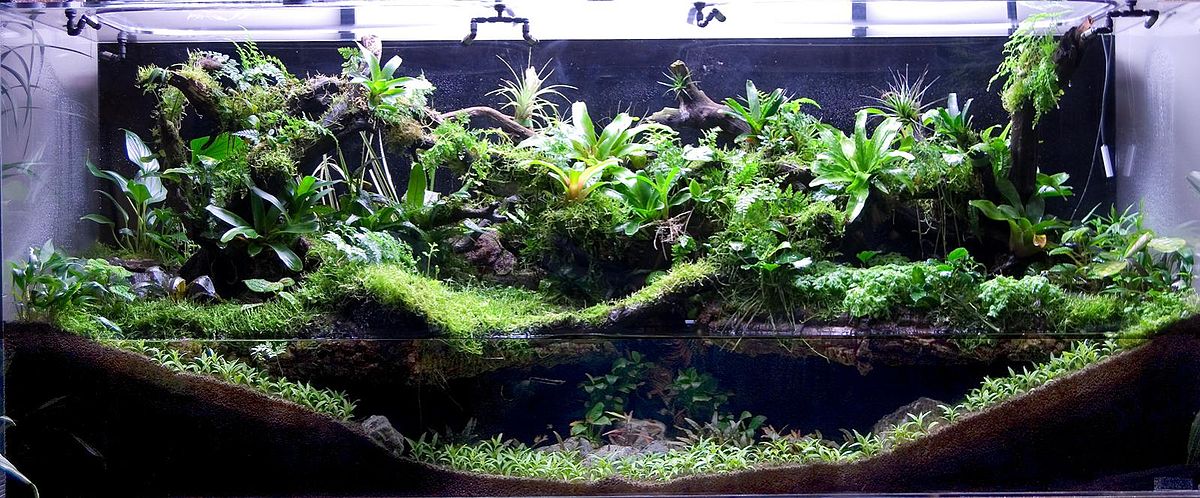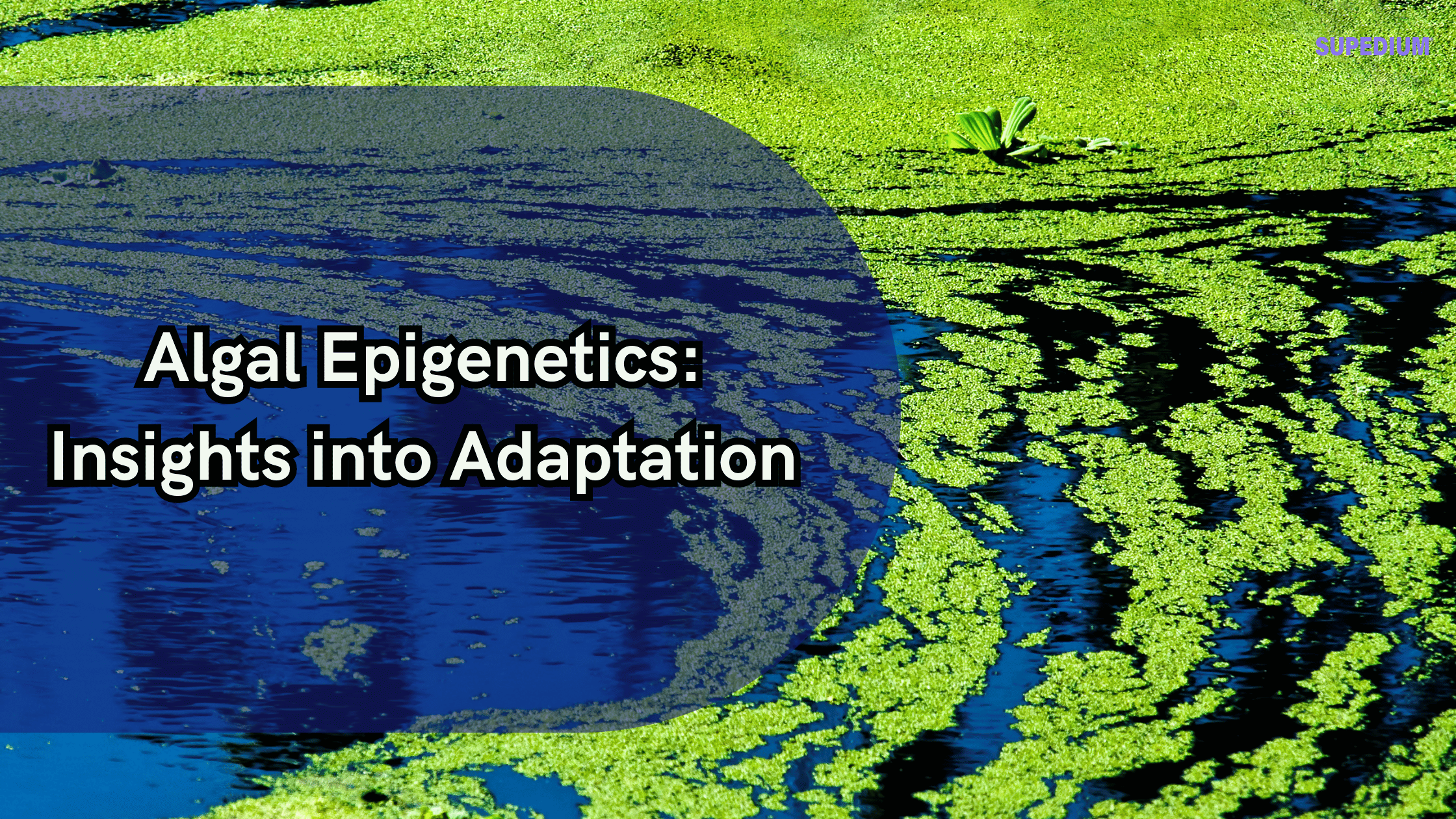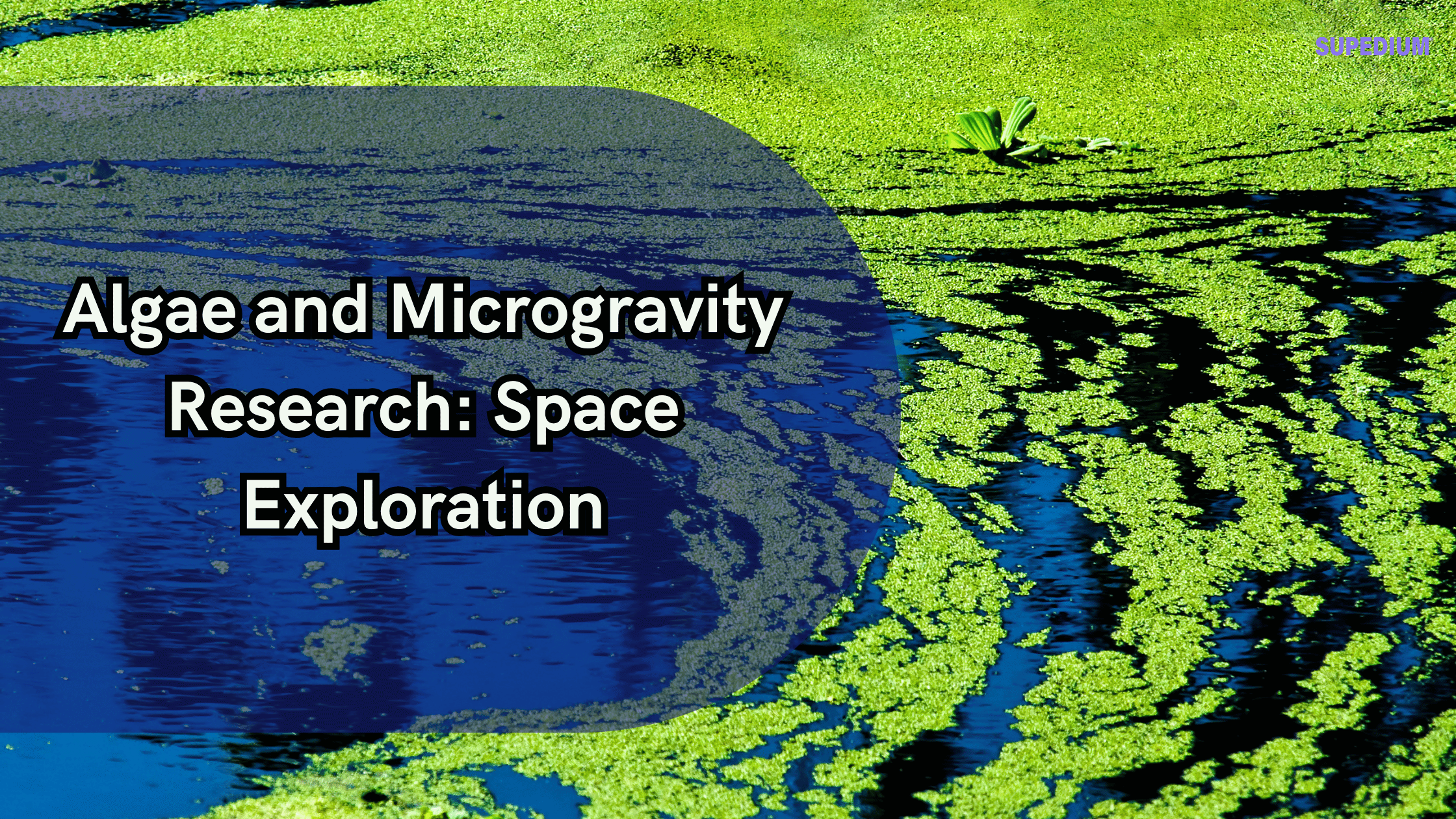Table of Contents
![]()
A paludarium is a unique and captivating type of terrarium that integrates both terrestrial and aquatic elements into a single environment. Combining land and water within one setup creates a diverse ecosystem that not only enhances the visual appeal of your space but also offers a habitat for a variety of plants and animals. This guide provides a detailed walkthrough for setting up your own paludarium, covering everything from planning and design to maintenance and troubleshooting.
I. Introduction to Paludariums
A paludarium is designed to replicate natural environments that include both terrestrial and aquatic elements. This type of setup can simulate habitats such as swamps, mangroves, or riverbanks. The dual nature of the paludarium offers a dynamic display and serves as a habitat for species that thrive in both land and water environments. The benefits of a paludarium include its aesthetic diversity, educational value, and the opportunity to observe the interactions between different ecological components.
II. Planning Your Paludarium
Determine Size and Location
The first step in setting up a paludarium is to determine the size and location. Choose a tank size that fits your space and budget. Paludariums come in various sizes, from small tabletop versions to large floor-standing tanks. The location should have access to natural light or be equipped with appropriate artificial lighting. Ensure the chosen spot is stable and can support the weight of the tank.
Define the Theme and Purpose
Decide on the theme of your paludarium to guide your design choices. Common themes include tropical rainforests, swampy marshlands, or riverbanks. The purpose of your paludarium might be for aesthetic display, as a habitat for specific species, or for educational purposes. This will influence the types of plants, animals, and decor you choose.
III. Designing the Layout
Tank Selection
Choose between glass or acrylic tanks based on your preferences and needs. Glass tanks are traditional and widely available, while acrylic tanks are lighter and more impact-resistant but can scratch more easily. Consider whether you want a custom-built tank or a pre-made one that fits your specifications.
Designing the Land and Water Areas
Plan the layout to ensure a harmonious transition between land and water. The land-to-water ratio can vary, but a common approach is to have approximately half of the tank dedicated to each. Use materials like foam, rocks, and driftwood to create natural-looking barriers and transitions between the two environments.
IV. Materials and Equipment
Substrates
For the land area, options include soil, gravel, or sand. Choose a substrate that supports plant growth and provides a natural habitat. In the aquatic section, substrates like gravel, sand, or specialized plant substrates can be used depending on the type of plants and animals you plan to include.
Water Filtration and Heating
To maintain a healthy aquatic environment, install a reliable filtration system. Options include sponge filters, which are gentle and suitable for smaller tanks, or canister filters for larger setups. Heating is essential for maintaining the appropriate water temperature. Submersible heaters and substrate warmers are common choices.
Lighting
Proper lighting is crucial for both terrestrial and aquatic plants. LED lights are energy-efficient and can be adjusted for different light needs. Fluorescent lights are also popular and come in various spectrums to cater to different plant types. Ensure the lighting setup mimics natural light cycles to support plant growth and animal well-being.
Decor and Planting
Select decorations like rocks, driftwood, and artificial structures to enhance the visual appeal and create hiding spots for animals. Choose plants that are suitable for the specific environment you are recreating. Terrestrial plants might include ferns and mosses, while aquatic plants could range from floating species to rooted varieties.
V. Setting Up the Paludarium
Tank Preparation
Before adding substrates and decorations, clean the tank and all equipment thoroughly to remove any dust or residues. Install the filtration and heating systems according to the manufacturer’s instructions, ensuring they are properly set up and functional.
Creating the Land and Water Sections
Construct the land area by layering materials like foam or rocks to build elevation and structure. For the water area, ensure there is a proper gradient to facilitate water flow and drainage. The transition between land and water should be natural and stable.
Adding Substrates and Decorations
Layer the substrates according to their function—gravel or sand for the water section and soil or gravel for the land section. Place decorations and plants in their respective areas, creating a balanced and aesthetically pleasing layout.
VI. Planting and Adding Life
Planting
Plant terrestrial and aquatic species based on their specific requirements. Ensure that plants are appropriately spaced to allow for growth and to avoid overcrowding. Use plant substrates and provide adequate lighting to promote healthy development.
Adding Animals
Choose animals that are compatible with both the terrestrial and aquatic environments. Common choices include amphibians like frogs or newts, fish, and invertebrates. Introduce animals gradually to minimize stress and monitor their adaptation to the new environment.
VII. Maintenance and Care
Water Quality Management
Regularly test water parameters such as pH, ammonia, and nitrate levels to ensure a healthy aquatic environment. Perform partial water changes and clean the filtration system as needed to maintain water quality.
Plant Care
Prune and fertilize plants as necessary to promote healthy growth. Monitor for signs of disease or pests and address issues promptly. Adjust lighting and substrate conditions to suit plant needs.
Animal Care
Develop a feeding routine for your animals and monitor their health regularly. Ensure that their habitat remains clean and that they have access to fresh water and appropriate hiding spots.
VIII. Troubleshooting and Adjustments
Common Issues
Address common problems such as algae growth, plant die-off, or animal health issues. Algae can be controlled by managing light levels and ensuring proper water circulation. Plant die-off may require adjustments in lighting or substrate. Animal health problems should be addressed by researching symptoms and consulting with a specialist if needed.
Adjusting the Environment
Be prepared to make adjustments to the environment based on observations and feedback. Changes in lighting, temperature, or water conditions may be necessary to optimize the habitat for all living components.
IX. Conclusion
Setting up a paludarium involves careful planning, design, and ongoing maintenance to create a thriving ecosystem that blends land and water elements. By following this comprehensive guide, you can create a visually stunning and functional environment that supports both plant and animal life. Enjoy the process of creating and observing your paludarium, and take pride in the unique habitat you have cultivated.
Share This





Be the first to comment